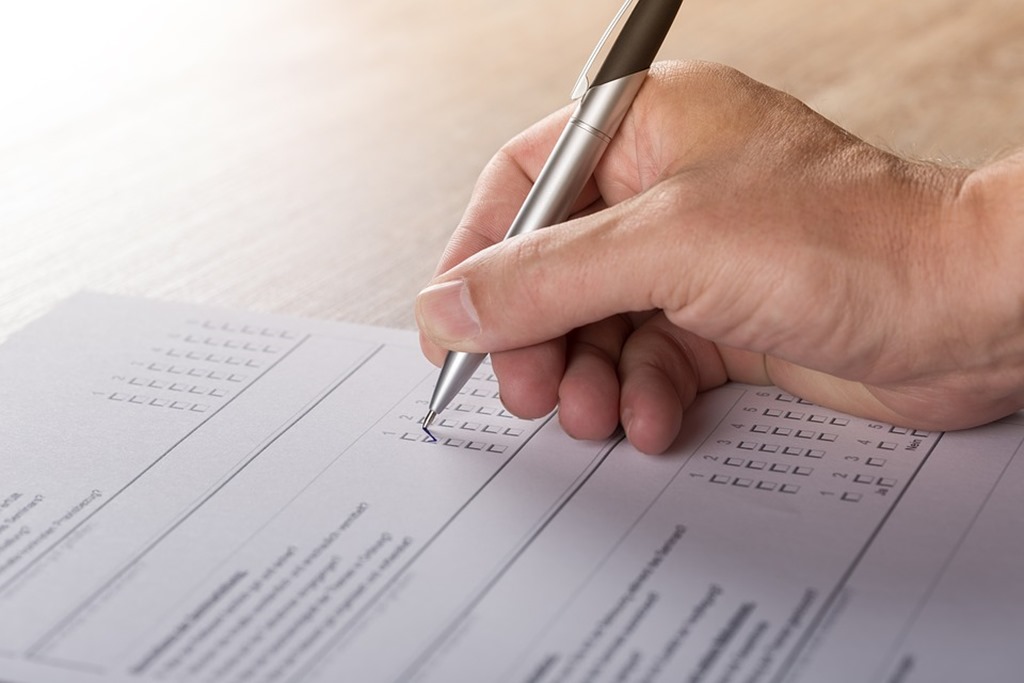Meetings are essential to any organization especially to associations and not-for-profit management committee and boards. This is the breeding ground for innovation and decision making. They consume a significant amount of time as well which is why improving how it is done is equally important. Measuring the effectiveness of a meeting is a powerful way to make sound decisions and wise use of time. It is also a useful tool in improving the meeting experience for the benefit of the organization and for its members.
Metrics
Deciding which metrics to use during the evaluation of the effectiveness of your meeting can be tricky. Starting somewhere is better than not starting and it can be evolved overtime. Here are basic ways on how to measure the effectiveness of your meetings:
1. Survey and Feedback Forms
Start by using simple survey forms that are distributed and answered by the members of the meeting. This is a good way to gauge the sentiments of your attendees. You may place the following questions or points in your form:
- What is the main goal of the meeting
- Rate the place, time and agenda
- What will you do differently after the meeting
- What do you think are the benefits of the meeting
- Comments and suggestions

2. Action Items
During the meeting, action items will be discussed with deadlines. You may use this time frame as gauge whether the meeting was effective if the action items were carried out on the specified deadline. Good tracking the status, following up and completion of action items, is a clear indicator of effective meetings resulting in positive action.
3. Attendance
Attendance is a metric itself. If you have a large membership, high engagement of your members by attending meetings is a good indicator on how much value members put on the meeting. For small groups, up to 10, you should really be getting full attendance. With meetings of groups up to 30, 80% attendance is a good target. Checking the arrival time of the attendees versus the starting time of the meeting can also be telling.
4. Agenda
Note the number of topics discussed that weren’t related to the agenda and how well the agenda was followed. If topics are constantly brought up that are not on the agenda then it is a sign that the proposed agenda isn’t covering what people are concerned about, or that discussion is not be controlled adding unnecessary time to the meetings.